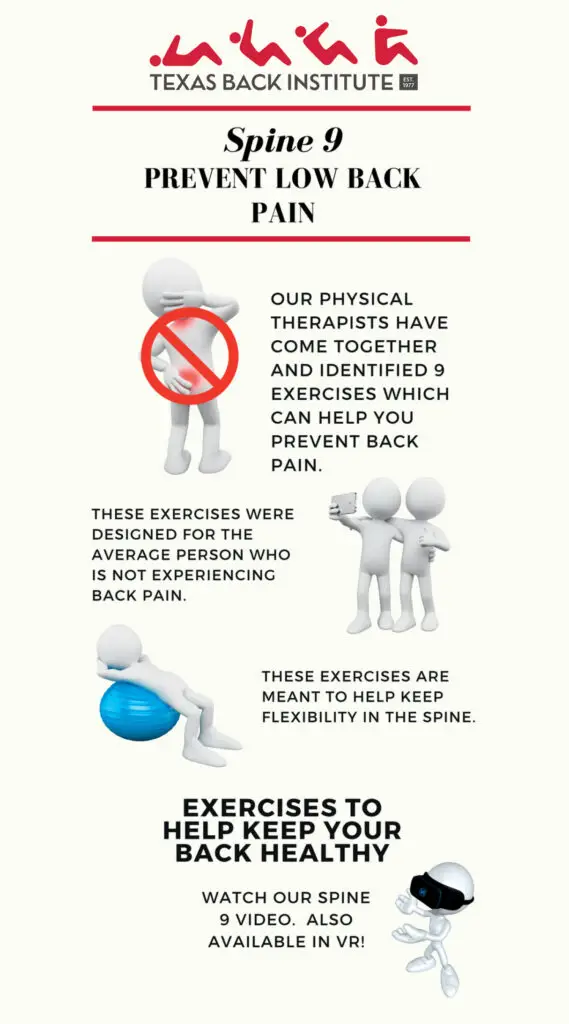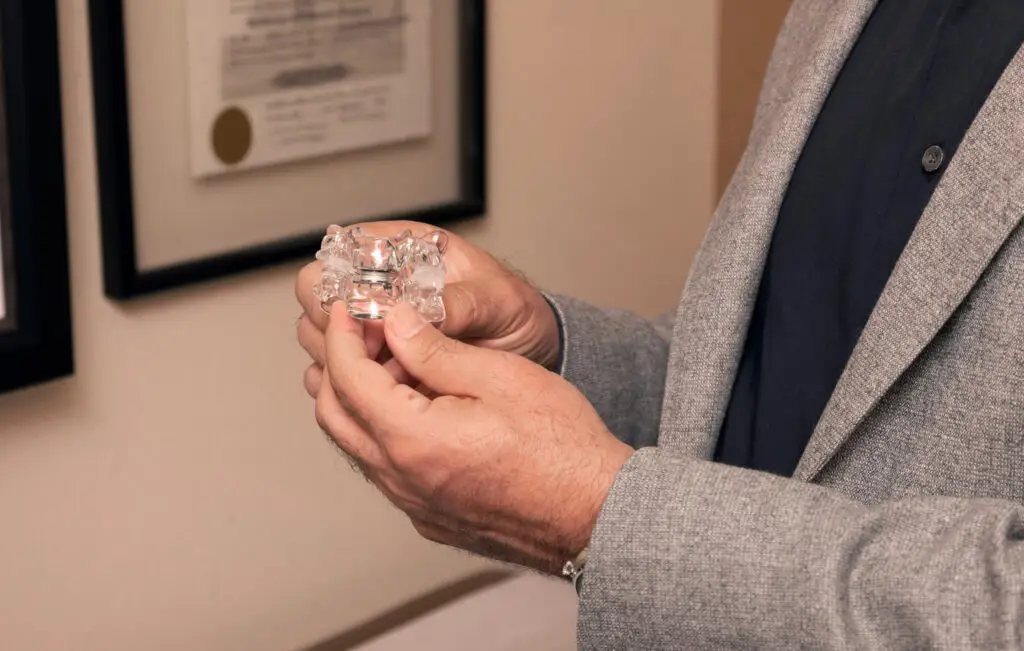Spine surgery today is not what it used to be, even a few years ago. This is due to rapid technological advances in the field and the development of new techniques. For more than 45 years, Texas Back Institute has been at the forefront, offering its patients the “gold standard” in innovative surgical advancements.
In celebration of Spine Health Awareness Month, here is a closer look at the top five important developments in spinal surgery that have made dramatic improvements to the standard of care and patient outcomes.
Is your quality of life suffering due to back pain? The spine specialists at Texas Back Institue can help. Click here to set up an appointment now.
Back Surgery with Less Tissue Damage
Ultra Minimally Invasive Spine Surgery (Ultra MISS), fueled by cutting-edge technology, represents one of the most advanced improvements in spinal surgical procedures in the past decade.
Endoscopic spine surgery utilizes ultra-minimally invasive tools and technology that enhance traditional surgical techniques. The advantages of this procedure include a smaller incision (less than 1cm) and the introduction of a high-resolution camera, which reduces tissue disruption and minimizes the patient’s post-operative pain.
This minimally invasive technique, pioneered by the surgeons at TBI, fundamentally changed spinal surgery.
Surgery That Improves Nature
Artificial Disc Replacement (ADR) surgery restores spinal mobility by replacing a damaged disc with an artificial one. Starting as a contributor to the original FDA testing of this revolutionary advancement in spine surgery, Texas Back Institute has become one of the world leaders in this procedure.
Degenerative disc disease, or DDD, is a common problem that can be caused by age, sport participation, or other types of injuries. Decades of patient research have strongly supported the conclusion that an artificial disc replacement relieves pain, restores mobility, and has an average lifespan of 70 years. Unlike spinal fusion, disc replacement does not put stress on the joints above and below, and patients are less likely to need additional surgery at those segments. This allows quicker rehabilitation periods and faster recoveries overall.

The Precision of Robotics
Mazor Robotics Renaissance™ is a state-of-the-art technology designed to enhance accuracy and safety during spinal surgery. This is medical technology at its finest.

During preoperative planning, the surgeon creates a 3D model of the patient’s spine to determine the optimal size and placement of surgical tools. Later, during surgery, a small robotic arm is attached to the patient’s back. This robotic arm provides guidance in accordance with the preoperative plan and assists in navigation during the procedure. During intraoperative navigation, the robotic arm ensures that surgical tools, like screws or cages, are positioned at the correct angle and depth, minimizing the potential for complications or errors. Mazor Robotics Renaissance™ innovative technology is used to treat spinal conditions like scoliosis, degenerative disc disease, spinal stenosis, and more.
Spinal Fusion
Texas Back Institute has performed thousands of spinal fusion procedures. Lumbar fusions reduce the motion between two or more vertebrae to alleviate pain caused by conditions like degenerative disc disease or spondylolisthesis (“slipped vertebra”). Lumbar interbody fusion is broken down further by subtypes predicated on the surgical point of entry on the body—anterior, posterior, or from the side.
Thanks to new advances, minimally disruptive procedures have become the alternative to traditional spinal surgery. Minimally invasive techniques for screw placement allow TBI surgeons to make smaller incisions and results in less disruption of muscle tissue. Patients who have this operation frequently experience less post-operative pain and quicker recovery times.
Spinal Health Awareness Month
October is Spinal Health Awareness Month, but at TBI, every month is spinal health awareness month. Why? The team at Texas Back Institute—surgeons, medical staff, and post-surgery rehabilitation specialists—is dedicated to educating the public about spinal health and providing patients with access to clinical studies, peer-reviewed papers, and advanced technology.
As innovation in surgical practices continues to improve and advance, so do patient outcomes. In the world of spine surgery, researchers will continue to develop techniques and technology that will help patients live pain-free and stay active. The Spine Biomechanics Laboratory at TBI was formed to investigate biomechanical and neuromuscular risk factors associated with spinal ailments. Scientists and researchers at Texas Back Institute are committed to providing patients with the highest level of skill, expertise, and care available.
If you have questions about back pain, email us at info@texasback.com.
See also:



